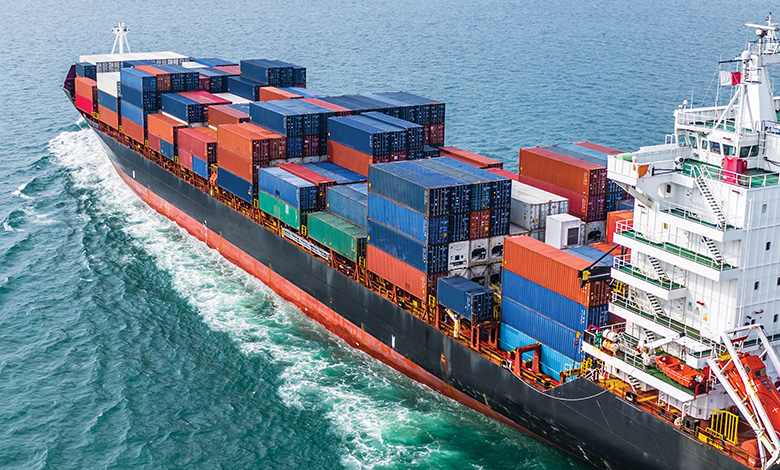EU targets major maritime emissions reductions

In January 2025, the FuelEU Maritime Regulation will enter into force, setting maximum limits for the average greenhouse intensity of the energy used by ships at European ports above a gross tonnage of 5,000.
Targets will ensure that the greenhouse gas intensity of fuels used in the sector will gradually decrease over time, starting with a 2 per cent decrease by 2025 and reaching up to an 80 per cent reduction by 2050.
The European Commission states that the targets will become “more ambitious over time” to stimulate and reflect the necessary developments in technology, as well as uptake in the production of renewable and low-carbon fuels.
Underpinning this is a proposed new incentive regime to support the uptake of renewable fuels of nonbiological origin (RFNBO) with a high decarbonisation potential, as well as the exclusion of fossil fuels from the regulation’s certification process.
The targets cover not only CO2 but also methane and nitrous oxide emissions over the full lifecycle of the fuels used onboard, on a well-to-wake (WtW) basis.
The Regulation also introduces additional zero-emission requirements for ships at berth, mandating the use of on-shore power supply (OPS) or alternative zero-emission technologies in ports, by passenger ships and containerships, to mitigate air pollution emissions in ports, which are often close to densely populated areas.
By taking a life-cycle, goal-based, and technology-neutral approach, the Commission is confident that FuelEU Maritime allows for innovation and the development of new sustainable fuels and energy conversion technologies, offering operators the freedom to decide which fuels to use based on ship-specific or operation-specific profiles.
The Regulation also provides for different flexibility mechanisms, aimed at supporting existing fleets to find suitable compliance strategies and incentivising companies by rewarding first-movers for early investment in energy transition.
The FuelEU maritime initiative is part of the Fit for 55 package. Presented by the European Commission on 14 July 2021, the package aims to enable the EU to reduce its net greenhouse gas emissions by at least 55 per cent by 2030 compared to 1990 levels and to achieve climate neutrality in 2050.
FuelEU Maritime will enter into force from 1 January 2025 except for Articles 8 and 9 on monitoring plans which shall apply from 31 August 2024.
International Maritime Organization strategy
In July 2023, shortly prior to the passage of FuelEU as part of the EU’s Fit for 55 package, the International Maritime Organization adopted a revised strategy for the reduction of greenhouse gas emissions from ships internationally, which forms the basis of the EU regulation.
The IMO strategy includes a provision for an economic element on the basis of a maritime GHG emission pricing mechanism.
With the support of Minister for Transport Eamon Ryan TD, global governments are in agreement, with the revised Strategy setting a goal of net zero greenhouse gas emissions from ships by or around 2050. This is a significant increase in ambition compared to the initial 2018 strategy which targeted a 50 per cent reduction compared to 2008 levels.
The IMO strategy has introduced important indicative checkpoints along this 2050 pathway. The 2030 checkpoint is set at reducing GHG emissions from ships by at least 20 per cent, while striving for 30 per cent. For 2040, this stands at 70 per cent while striving for 80 per cent in 2040. Both checkpoints are in comparison to 2008 levels.
Significantly, the strategy includes a basket of candidate mid-term GHG reduction measures including an economic element on the basis of maritime GHG emissions pricing.
Speaking following the negotiations resulting in the IMO strategy, Minister Ryan said: “It is really encouraging to see that this globally agreed strategy, which will accelerate the sector’s transition away from polluting fossil fuels, now also, significantly and bravely, provides for a pricing mechanism.
“The key thing now is to go to the next steps, turning this agreed strategy into action.”





